Crater Lake National Park (U.S. National Park Service) (original) (raw)
Deep Water in a Sleeping Volcano
Crater Lake inspires awe. Native Americans witnessed its formation 7,700 years ago, when a violent eruption triggered the collapse of a tall peak. Scientists marvel at its purity—fed by rain and snow, it’s the deepest lake in the USA and one of the most pristine on Earth. Artists, photographers, and sightseers gaze in wonder at its blue water and stunning setting atop the Cascade Mountain Range.
Fall in the park brings stunningly beautiful days, cool nights, occasional dustings of snow, and fewer crowds.
Winter is a magical time in the park if you are prepared for conditions.
Links and information to park hours, descriptions of seasons, and seasonal road closures tables.
Find out what it costs to enter the park and what NPS passes are available. See a list of fee-free days for 2023.
Reach the park from the West, South or North (closed winter) Entrance. Cell reception is limited, get directions before hand.
Regardless of the time of year or season that you visit, check the forecast multiple times in advance. Conditions can change quickly.
In summer and fall air quality can be adversely affected by smoke from local wildfires. Check the Air Quality Index (AQI) in the park.
Cleetwood Cove Trail is a steep and strenuous hike which drops 700 ft (213 m) of elevation in 1.1 miles (1.7 km). Know more before you go.
A list of lodging and camping options (year-round) within 20 miles outside the park boundaries, and distances to further-out communities.
Whether day-tripping or spending a week, find a way to explore, discover, and retreat into the natural beauty and history of the park.
Choose a trolley or boat tour and enjoy the sights worry-free with an added bonus of a ranger's perspective.
Last updated: November 12, 2024
 Visiting in Fall
Visiting in Fall  Visiting in Winter
Visiting in Winter 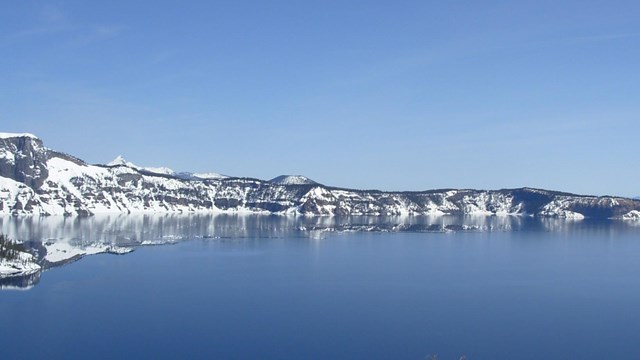 Hours and Seasons
Hours and Seasons 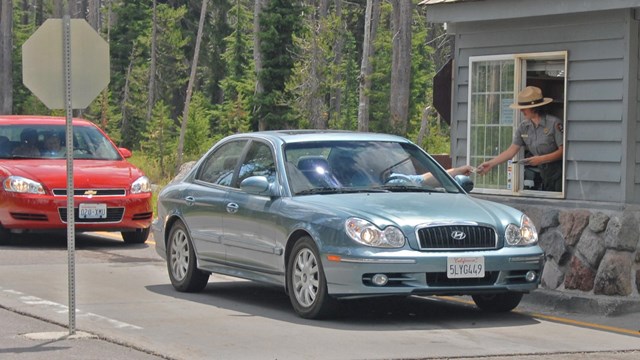 Entrance Fees
Entrance Fees 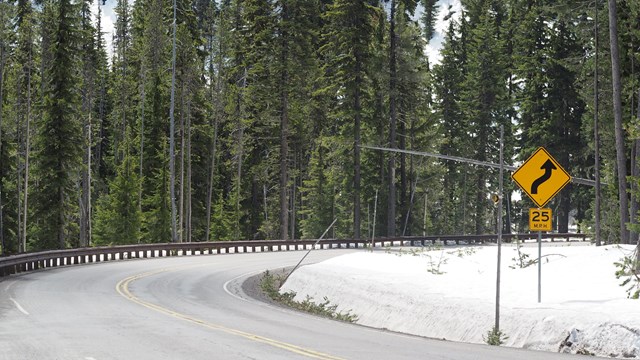 Directions and Transportation
Directions and Transportation 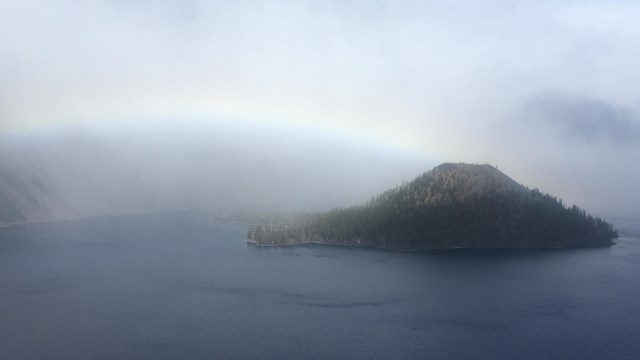 Weather
Weather 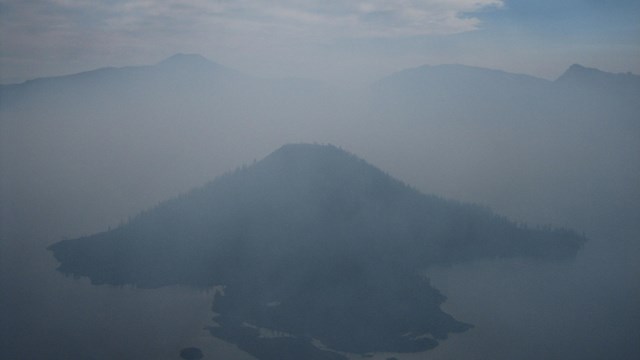 Air Quality
Air Quality 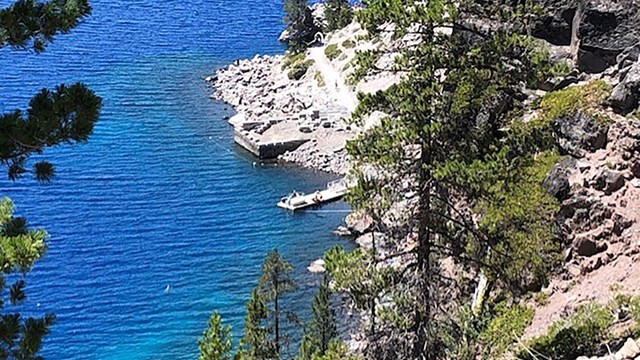 Cleetwood Cove Trail
Cleetwood Cove Trail 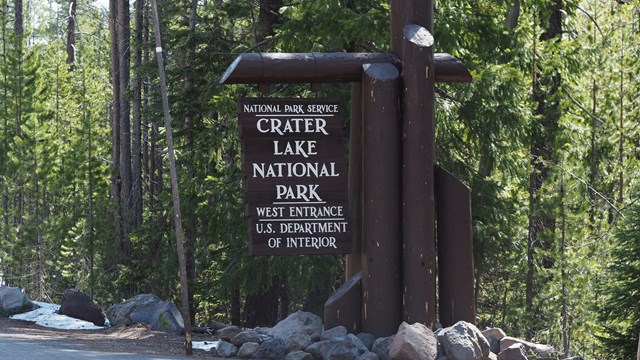 Lodging and Camping
Lodging and Camping 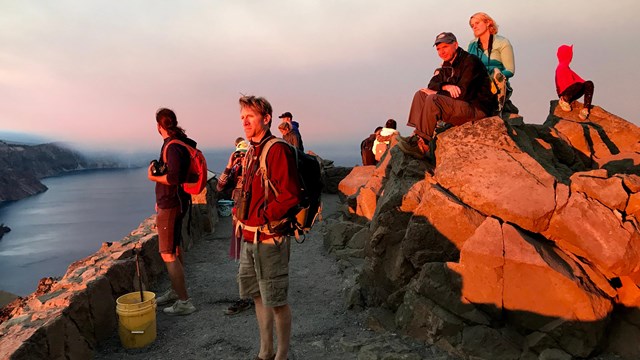 Things to Do
Things to Do 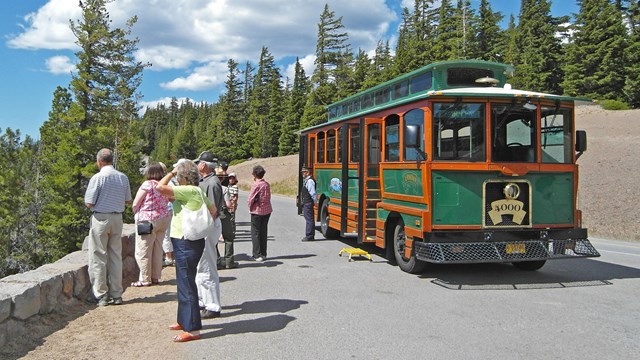 Trolley and Boat Tours
Trolley and Boat Tours